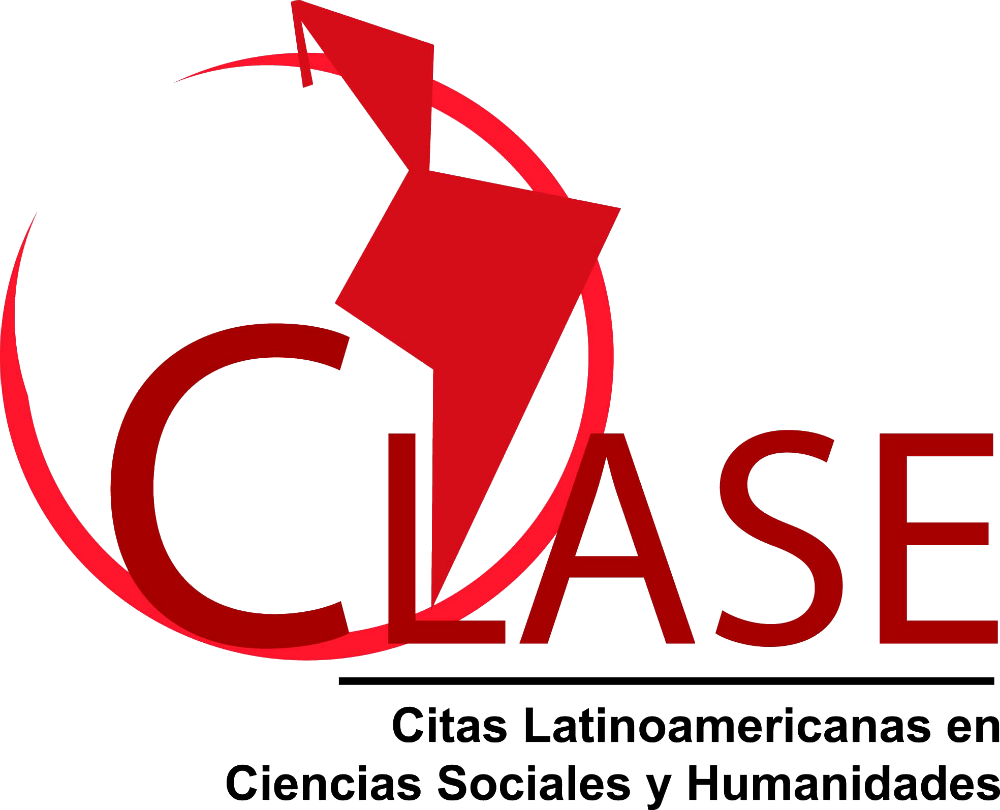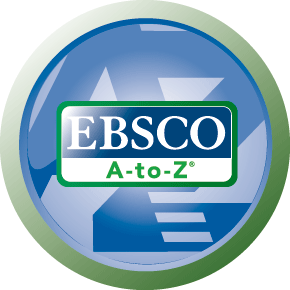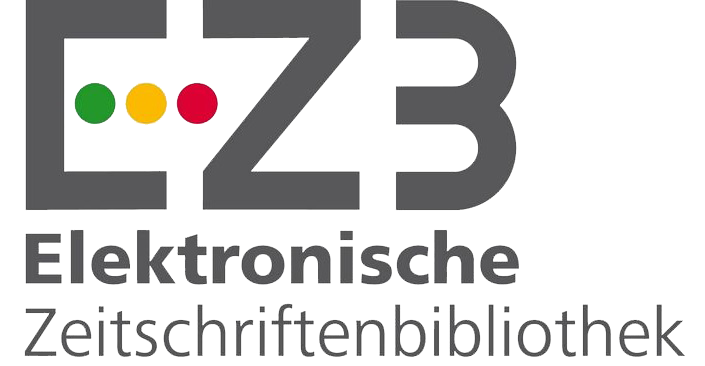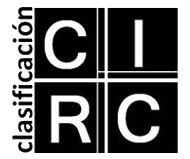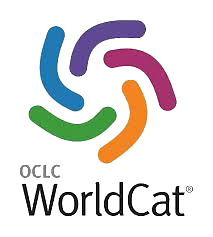The The case of multiple adaptations.
The Sherlock Holmes universe, brought to the small screen
DOI:
https://doi.org/10.24215/16696581e548Keywords:
Audiovisual adaptations, Sherlock Holmes, narrative elements, consumer practicesAbstract
Since 1900, when the first audiovisual production with the name Sherlock Holmes Baffled was released, not only were the canonical characters of the 60 cases written by Sir Arthur Conan Doyle adapted and modernized, but they were also crossover with other stories and even incorporated new members to the family. To analyze audiovisual adaptations of the stories of the detective only consultant in the world, you needed: select some of the productions and a set of concepts on which to work.
We will take into consideration four audiovisual adaptations: Sherlock Holmes (Granada), Sherlock, Elementary and Enola Holmes. These productions are related to different moments of the small screen and serve as an excuse to analyze and compare how the elements of the narrative universe of the Holmesian canon have been modified and updated based on five variables: the events, the characters, the time, the narrative universe and consumer practices, always taking into account the context in which the adaptations of the canon were released.
Downloads
References
Baricco, A. (2009). Los Bárbaros. Ensayo sobre la mutación. Barcelona: Anagrama.
Botta, G. (2010). Audiovisual intervenido. La televisión y los usuarios a partir de las nuevas tecnologías. [Tesis de grado] Universidad Nacional de Rosario
Cabrera Escobar, L. P. (2017). Audiencia y fandom televisivo en la web social. [Tesis doctoral] Universidad autónoma de Barcelona.
Carlón, M. (2011). Entre el cine y la televisión.Interdiscursividad antes de la transmedialización en las series americanas de televisión. En M. Perez-Gomez, Previously on. Estudio interterdisciplinarios sobre ficción televisiva en la Tercera Edad de Oro de la televisión (págs. 323-338). Biblioteca de la Facultad de Comunicación de la Universidad de Sevilla.
García Martínez, A. N. (2014). El fenómeno de la serialidad en la tercera edad de oro de la televisión. EDUSC.
Mittell, J. (2013). Complex TV. New York: New York University Press. Recuperado en http://mcpress.media-commons.org/complextelevision/
Neira, E. (2020). Streaming Wars. La nueva televisión. Barcelona: Editorial Planeta.
Rincón, O. (2006). Narrativas mediáticas. O como se cuenta la sociedad del entretenimiento. Barcelona: Gedisa editorial.
Saló Benito, G. (2019). Los formatos de televisión en el mundo. De la globalización a la adaptación local. Análisis de formatos nórdicos. [Tesis doctoral] Universidad Complutense de Madrid.
Scolari, C. (2008). Hacia la hipertelevisión. Hacia la hipertelevisión. Diálogos de la comunicación. Diálogos de la comunicación, 77.
Vertue, S & Moffat, S. (productor y guionista). (25 de julio de 2010). Study in Pink (Temporada 1, episodio 1) [episodio de miniserie]. En Vertue, S & Cameron, E. (productores), Sherlock, Hartswood Films.
Vertue, S Gatiss, M & Moffat, S. (productor y guionistas). (1 de enero de 2016). The Abominable Bride (episodio especial) [episodio de miniserie]. En Vertue, S & Cameron, E. (productores), Sherlock, Hartswood Films.
Downloads
Published
How to Cite
Issue
Section
License
La aceptación de un original por parte de la revista implica la cesión no exclusiva de los derechos patrimoniales de los/as autores/as en favor del editor, quien permite la reutilización, luego de su edición (postprint), bajo una Licencia Creative Commons Atribución-NoComercial-CompartirIgual 4.0 Internacional (CC BY-NC-SA 4.0)
Acorde a estos términos, el material se puede compartir (copiar y redistribuir en cualquier medio o formato) y adaptar (remezclar, transformar y crear a partir del material otra obra), siempre que a) se cite la autoría y la fuente original de su publicación (revista y URL de la obra), b) no se use para fines comerciales y c) se mantengan los mismos términos de la licencia.
La cesión de derechos no exclusivos implica que luego de su edición (postprint) en Question las/os autoras/es pueden publicar su trabajo en cualquier idioma, medio y formato; en tales casos, se solicita que se consigne que el material fue publicado originalmente en esta revista.
Tal cesión supone, también, la autorización de los/as autores/as para que el trabajo sea cosechado por SEDICI, el repositorio institucional de la Universidad Nacional de La Plata, y sea difundido en las bases de datos que el equipo editorial considere adecuadas para incrementar la visibilidad de la publicación y de sus autores/as.
Asimismo, la revista incentiva a las/os autoras/es para que luego de su publicación en Question depositen sus producciones en otros repositorios institucionales y temáticos, bajo el principio de que ofrecer a la sociedad la producción científica y académica sin restricciones contribuye a un mayor intercambio del conocimiento global.









